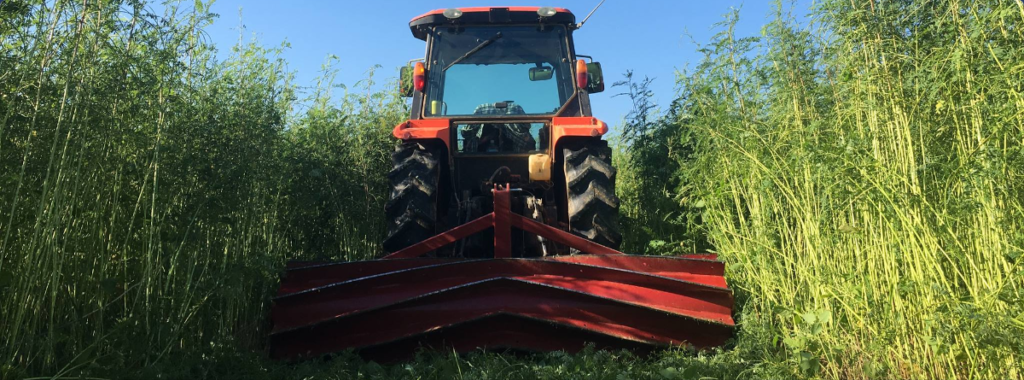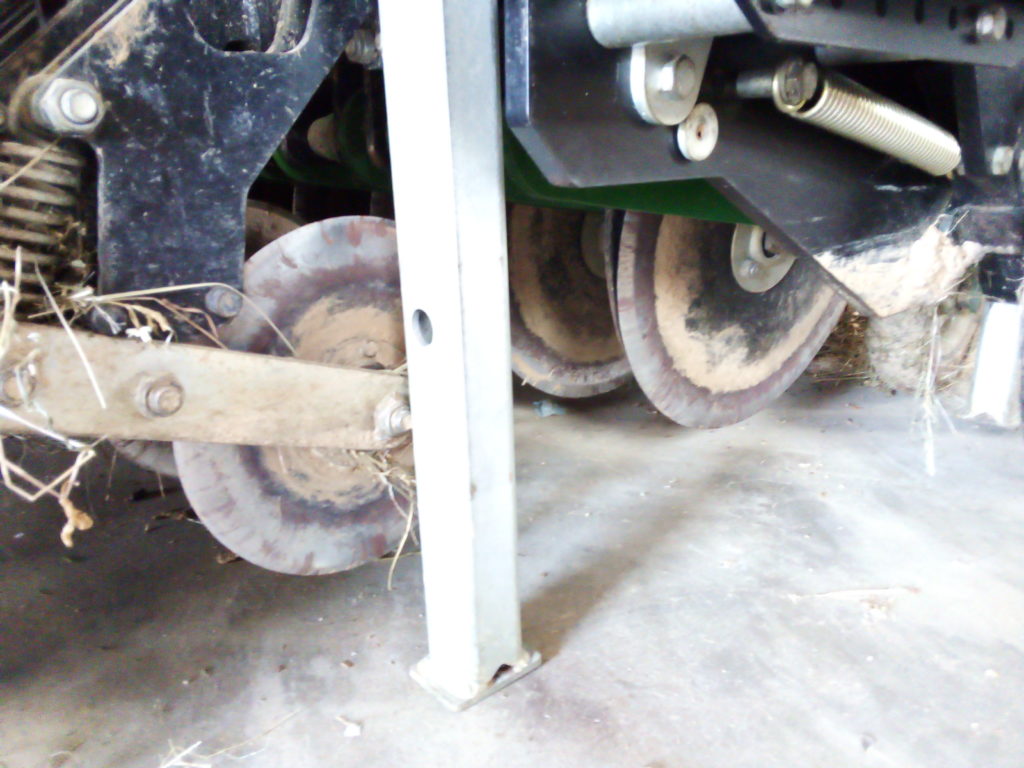Conservation agriculture in Taiwan
5 December 2019
My first stop in Hsinchu county is at Buliang farm, in Xinfeng township. This farm of around 5 hectares, owned by Jianliang Wu, is quite peculiar because it is the sole large-scale farm in Taiwan (as far as I know) that practises conservation agriculture (CA).

What is CA ?
There is much to say about this method of farming, which was in part developed in the United States in the 1940’s, after the events of the Dust Bowl eroded lot of agricultural land. In Taiwan, people know more about the methods of no-till rice from the Japanese Masanobu Fukuoka, which developped “natural farming” around the same period.
To stay simple, CA is based on 3 pillars :
1. Minimum disturbance of the soil, so no plowing;
2. Permanent soil organic cover, either by living plants or culture debris or both;
3. Species diversification, by diversifying cash crops and introducing cover crops.
This practice is going further than simply cultivating green manure, and magnifies its benefits. It leads to an increase in organic matter (mostly in the top soil) and in soil life (earthworms, insects, bacteria, fungi, and many others !) which are essential for soil structure and nutrient cycling, and also take up carbon from the atmosphere while using less fuel for plowing, helping fight against climate change. This healthy soil result then in less soil erosion, better resistance against drought and flooding, reduction of the need of fertilizer, pesticides and irrigation, and better water quality, among many benefits.
CA is thus recognized by the FAO (Food and Agriculture Organization of the United Nations) as a way to sustainably improve productivity.

So why farmers are not all doing CA today ? I can think about 3 main reasons :
1. Old habits are hard to change, and a lot of farmers around the world have been plowing for centuries. Indeed, after clearing down a forest or a grassland, plowing is a good way to quickly get nutrients from the ground, get rid of weeds and have good yields ;
2. CA often requires different farm implements (especially on large-scale farms) and techniques, which add to the hardships of changing habits. Moreover in isolated places or islands where the adequate machinery has not been developed yet (like in Taiwan), it is harder to obtain these machines. Here, Mr. Wu had to use a grant from the government to import them from the USA (see the machines in the upcoming video) ;
3. When transitioning to CA, there is a period during which the soil structure is not aerated by tilling anymore, while soil biology has not improved yet. During these few years, crops can get more susceptible to flood and drought, and yields can decrease. If the farmer relies on cover crops and these fail to grow well too, it begins a vicious cycle. Here, Mr. Wu’s farm was mostly paddy fields which were tilled at least 4 times a year, hence a heavy compacted clay soil with a hardpan (kind of a really hard crust between the superficial tilled soil and the never tilled subsoil). That is a hard situation to begin CA, so Mr. Wu drilled many deep holes to pierce this hardpan, to improve the soil water flow.

For a decade in France, and far longer in the USA and Brazil for example, CA has been successful for more and more farmers. However at a global level, crop surfaces using CA are still a minority. This practices, which can be used in every climates, and perfectly fits into the logic of agroecology, should be supported to the utmost. Indeed, it is a major tool to save the soil capital, which is necessary for the prosperity of humankind.
See you soon for more agroecology !

